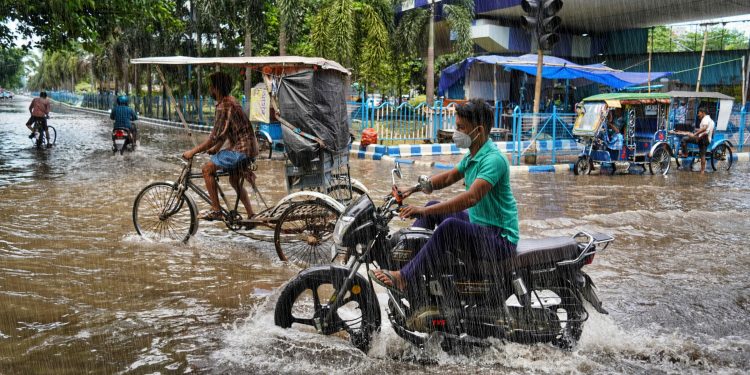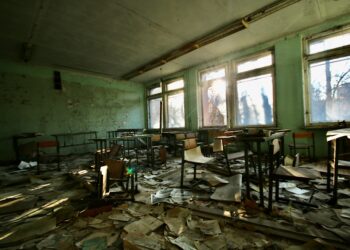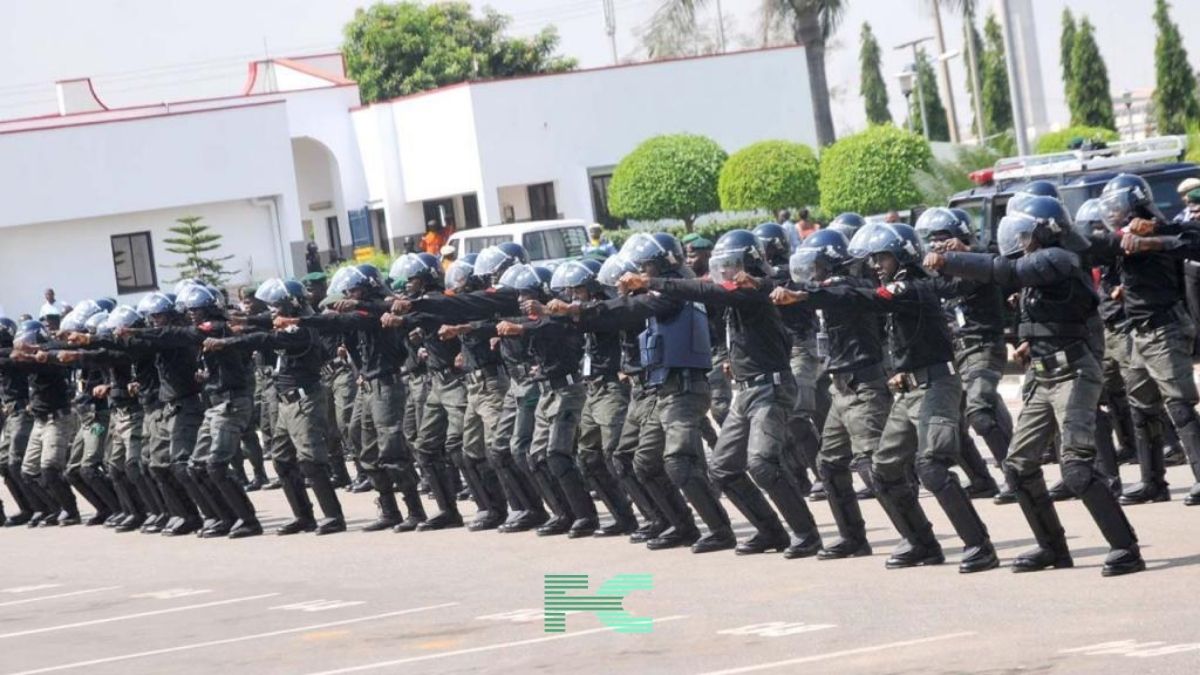At least eight people have been confirmed dead and 31 remain missing after catastrophic flooding of the Bhote Koshi River destroyed the critical Nepal-China Friendship Bridge late Monday. Nepalese authorities recovered eight unidentified bodies while conducting search and rescue operations that have saved 57 people so far, though 20 Nepalese citizens and 11 Chinese nationals remain unaccounted for in the mountainous border region.
Meteorologists suspect the disaster originated from a glacial lake outburst in Tibet’s Nyalam County, where torrential rains occurred despite no precipitation in the immediate border area. The flash flood swept away the vital trade bridge and multiple cargo containers from a Chinese-funded Inland Container Depot construction site 80 km north of Kathmandu, causing what local officials describe as “significant property losses” that are still being assessed.

Nepal-China Trade Disrupted as Infrastructure Collapses
The destruction of the Friendship Bridge has immediately halted cross-border commerce between Nepal and China, which has invested heavily in recent years in Nepalese infrastructure projects including roads, power plants, and hospitals. Among the missing are six Chinese construction workers and three Nepalese police officers, according to the National Disaster Risk Reduction and Management Authority. Rasuwa district administrator Arjun Paudel confirmed the floodwaters carried away both construction materials and imported Chinese goods stored at the depot site.
The Himalayan tragedy coincides with extreme weather events across Asia:
China battling widespread flooding ahead of an approaching tropical storm, Pakistan reports 79 flood-related deaths since June 26, including 38 children, and new alerts warn of potential glacial lake bursts in Pakistan’s Gilgit-Baltistan and Khyber Pakhtunkhwa provinces
The International Response
Nepal’s Department of Hydrology and Meteorology has partnered with Sentinel Asia, a space-based disaster monitoring initiative, to investigate whether climate change contributed to the glacial lake breach. The collaboration comes as scientists warn that rising temperatures are increasing the frequency of glacial lake outburst floods (GLOFs) throughout the Himalayas, where melting ice creates unstable natural reservoirs.
Nepalese Army and police forces are at the time of filing this report, continuing the combing of the treacherous Bhote Koshi river valley with support from Chinese authorities, though steep terrain and damaged infrastructure have hampered rescue efforts.

















